Which one of the following are prepared by electrolytic method ?
I. Mg II. S III. Sulfur IV. F2
I and II
II and III
III and IV
I and IV
The correct Answer is:D
To determine which of the given elements are prepared by the electrolytic method, we will analyze each option one by one.
1. Understanding Electrolytic Method:
The electrolytic method involves the use of electrical energy to drive a non-spontaneous chemical reaction. This method is typically used for the extraction of reactive metals and certain non-metals.
2. Analyzing Each Option:
- I. Mg (Magnesium):
Magnesium is a highly reactive metal. It is indeed prepared by the electrolytic method, specifically through the electrolysis of molten magnesium chloride (MgCl₂). During this process, magnesium ions are reduced at the cathode to form magnesium metal.
- II. S (Sulfur):
Sulfur is a non-metal and is not typically prepared by the electrolytic method. It is usually obtained from natural sources or through chemical processes, not by electrolysis.
- III. Sulfur:
This is simply another representation of sulfur (S) and does not change the analysis. It is still not prepared by the electrolytic method.
- IV. F₂ (Fluorine):
Fluorine is a highly reactive non-metal and is prepared by the electrolytic method. It is produced through the electrolysis of potassium fluoride (KF) or other fluoride salts. During this process, fluoride ions are oxidized at the anode to form fluorine gas.
3. Conclusion:
Based on the analysis, the elements prepared by the electrolytic method are:
- I. Mg (Magnesium)
- IV. F₂ (Fluorine)
Final Answer:
The elements prepared by the electrolytic method are I. Mg and IV. F₂.
---
The electrolytic method involves the use of electrical energy to drive a non-spontaneous chemical reaction. This method is typically used for the extraction of reactive metals and certain non-metals.
- I. Mg (Magnesium):
Magnesium is a highly reactive metal. It is indeed prepared by the electrolytic method, specifically through the electrolysis of molten magnesium chloride (MgCl₂). During this process, magnesium ions are reduced at the cathode to form magnesium metal.
- II. S (Sulfur):
Sulfur is a non-metal and is not typically prepared by the electrolytic method. It is usually obtained from natural sources or through chemical processes, not by electrolysis.
- III. Sulfur:
This is simply another representation of sulfur (S) and does not change the analysis. It is still not prepared by the electrolytic method.
- IV. F₂ (Fluorine):
Fluorine is a highly reactive non-metal and is prepared by the electrolytic method. It is produced through the electrolysis of potassium fluoride (KF) or other fluoride salts. During this process, fluoride ions are oxidized at the anode to form fluorine gas.
Based on the analysis, the elements prepared by the electrolytic method are:
- I. Mg (Magnesium)
- IV. F₂ (Fluorine)
The elements prepared by the electrolytic method are I. Mg and IV. F₂.
Topper's Solved these Questions
- GENERAL PRINCIPLES AND PROCESSES OF ISOLATION OF ELEMENTS BOOK - ICSECHAPTER - GENERAL PRINCIPLES AND PROCESSES OF ISOLATION OF ELEMENTS EXERCISE - EXERCISE (PART-I ( OBJECTIVE QUESTIONS ))
24 Videos
- GENERAL PRINCIPLES AND PROCESSES OF ISOLATION OF ELEMENTS BOOK - ICSECHAPTER - GENERAL PRINCIPLES AND PROCESSES OF ISOLATION OF ELEMENTS EXERCISE - EXERCISE (PART-I ( OBJECTIVE QUESTIONS )) (MATCH THE FOLLOWING)
6 Videos
- ELECTROCHEMISTRYBOOK - ICSECHAPTER - ELECTROCHEMISTRYEXERCISE - ISC EXAMINATION QUESTIONS (PART-II Numerical Problems)
19 Videos
- HALOALKANES AND HALOARENES BOOK - ICSECHAPTER - HALOALKANES AND HALOARENES EXERCISE - SOURCE
9 Videos
Similar Questions
Knowledge Check
Which one of the following is the intermediate in the preparation of a ketone by hydration of an alkyne in the presence of sulfuric acid and mercury (II) sulphate ?
A B
B C
C D
D
Which of the following is correct order of σ - bond strength ?
I. 2s-2s
II. 2s-2p
III. 2p-2p
IV. 3s-3s
View SolutionWhich of the following secondary metabolites belong to the group drugs
I. Morphine II. Curcumin
III. Codeine IV. Vinblastine
V. Abrin
(a) I and II
(b) I and V
(c) II and IV
(d) I and III
View SolutionWhich one of the following will have the largest number of atoms?
(i) 1 g Au (s)
(ii) 1 g Na (s)
(iii) 1 g Li (s)
(iv) 1 g of Cl2(g)
View SolutionWhich two of the following salts are used for preparing iodized salt?
(i) KIO3, (ii) KI (iii) I2 (iv) HI
View SolutionPredict the order of reactivity of following compounds in dehydrohalogenation.
a. I. II.
II. 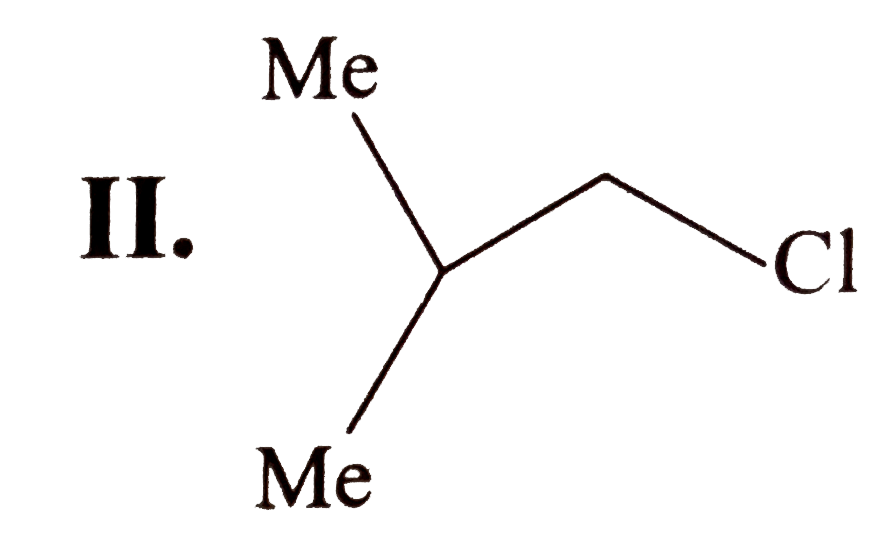
III. IV.
IV. 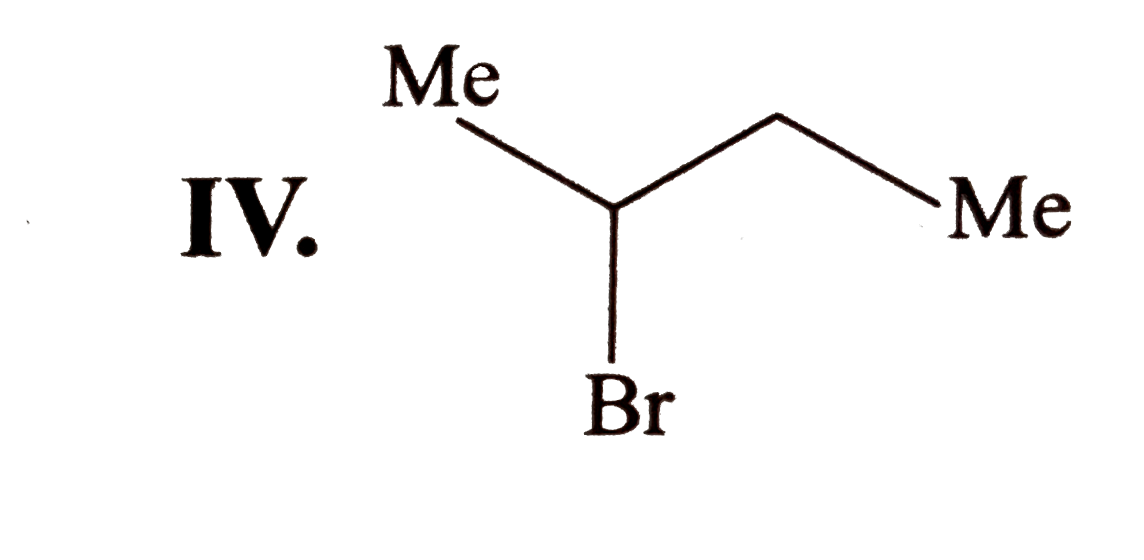
V.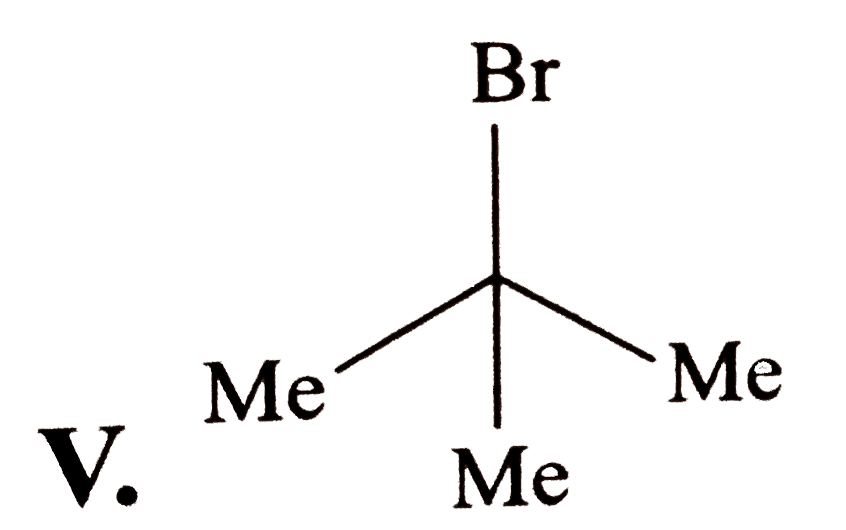
b. I. II.
II. 
III.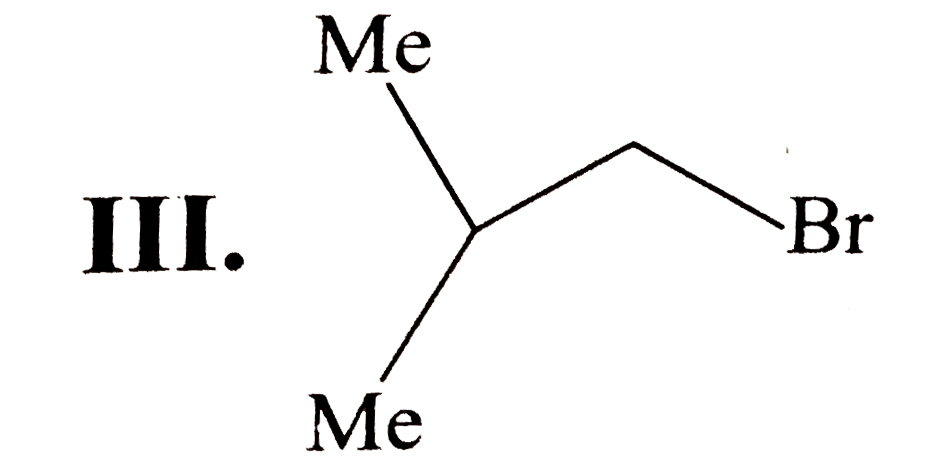 IV.
IV. 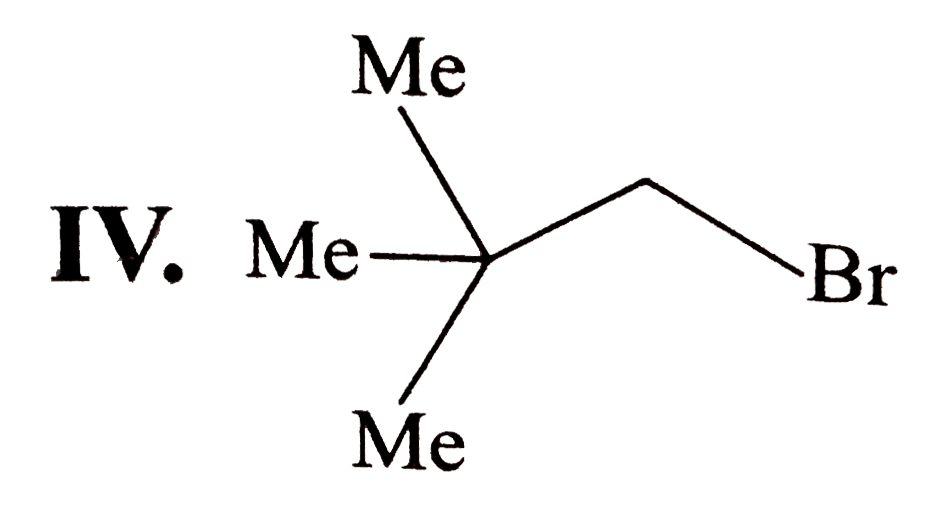
View SolutionGive the decreasing order of covalent character of the following compounds.
a. I. GeCl2 II. GeCl4 III. SnCl2 IV. SnCl4
V. PbCl2 VI. PbCl4
b. I. CH4 II. NH3 III. H2O IV. HF
c. I. HF II. HCl III. HBr IV. HI
d. I. AgI II. NaI III. CuI IV. NaCl
View SolutionHormone which regulates water and electrolyte balance is released from which part ?
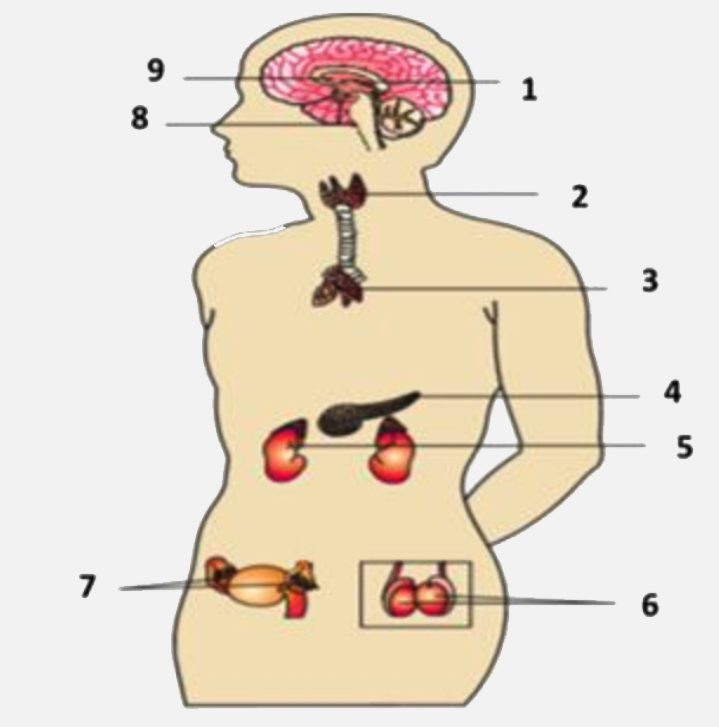
I. 2
II.9
III.8
IV.5
View Solution
